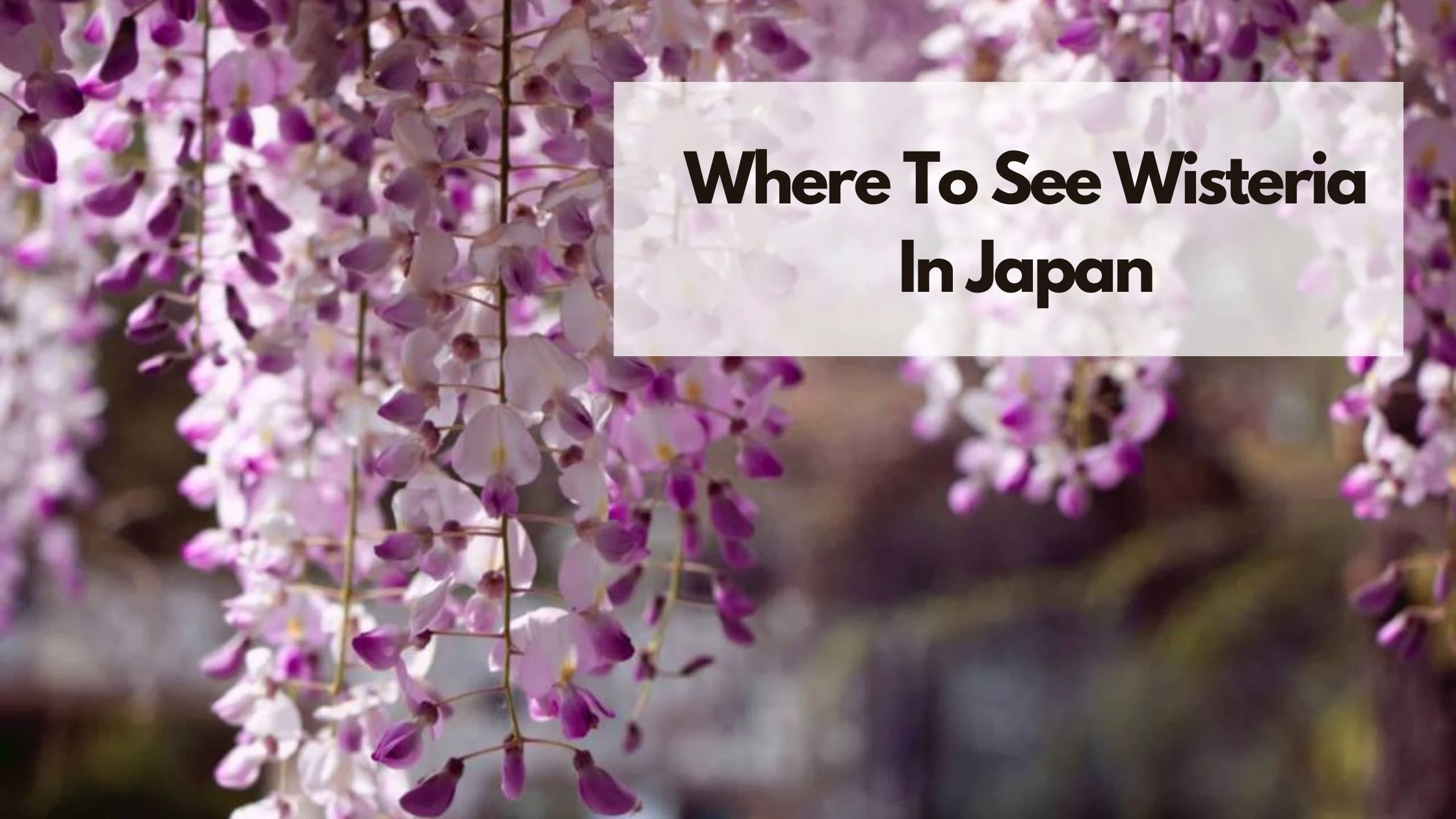Are you wondering what is Kaki Japanese persimmon? You’ll find it here!
A bite into the fresh, juicy, sweet flesh of the Kaki fruit- the Japanese persimmon, will have you smacking your lips and wanting more. If the taste or flavour has you hooked, the high amounts of nutrition each of these miracle fruits bring will have you drying these and storing them for consumption throughout the year.
Why is Kaki Japanese persimmon called “magical fruit”?
Kaki persimmon is called a “magical fruit” because it contains a lot of nutrients like rich in vitamin A, vitamin C (more than lemons), and many valuable B-complex vitamins such as folic acid, pyridoxine (vitamin B-6) and thiamin. It can be consumed fresh in the season and also throughout the year by drying the fruit.

Kaki Japanese persimmon grows only during one particular season in Japan and if you live there, tasting it is something you must not miss out on.

- Related: Why Are Japanese Fruits So Expensive
- Related: Why Japanese Melons Are So Expensive
Page Contents
Health Benefits Of Kaki Japanese Persimmon
Kaki, also known as Japanese persimmon, is a delicious and nutritious fruit with a wide range of health benefits. It is a good source of vitamins, minerals, and fiber, and it has been shown to have antioxidant, anti-inflammatory, and anticancer properties.
Antioxidant Powerhouse
Kakis are brimming with antioxidants, which act as cellular shields against damage caused by free radicals. These rogue molecules have been linked to various chronic diseases, including cancer, heart disease, and Alzheimer’s disease.
Taming Inflammation
Kakis possess compounds that effectively combat inflammation, a key player in the development of many chronic diseases, such as arthritis, asthma, and inflammatory bowel disease.
Potential Cancer Fighter
Research suggests that kakis may possess anticancer properties. The antioxidants in kakis may help protect cells from the damage that can lead to cancer.
Friendly to Your Heart
Kakis are a rich source of fiber, which plays a crucial role in lowering cholesterol levels and blood pressure. Additionally, they contain potassium, a mineral that aids in blood pressure regulation.
Enhancing Your Vision
Kakis are an excellent source of vitamin A, an essential nutrient for maintaining eye health. Vitamin A plays a vital role in protecting the retina, the light-sensitive tissue at the back of the eye.
Promoting Digestive Wellness
The fiber content of kakis promotes regularity and helps prevent constipation. Furthermore, they contain prebiotics, which nourish the beneficial bacteria in the gut microbiome.
Nourishing Your Skin
Vitamin C, abundant in kakis, is essential for collagen production. Collagen is a protein responsible for maintaining skin firmness and elasticity.
Strengthening Immunity
The abundance of vitamin C in kakis boosts the immune system, enhancing the body’s defense against infections and diseases.
Nutritional Abundance
In addition to the aforementioned health benefits, kakis are a treasure trove of other nutrients, including:
- Fiber: Promotes regular bowel movements and prevents constipation.
- Potassium: Regulates blood pressure.
- Manganese: Crucial for maintaining bone health.
- Vitamin K: Essential for blood clotting.
- Vitamin C: Boosts the immune system.
Nutritional Value Of Kaki
One of the healthiest fruits you can eat is the Kaki. This is indeed a miracle fruit as just one Kaki can give you more vitamin C than a lemon. It is also loaded with B-complex, Vitamin A, calcium, phosphorus, carbohydrates, potassium and sodium.
All these vitamins keep your system functioning smoothly, contributing to the health of your eyes, bones, teeth, and give you glowing skin and gorgeous hair.
The antioxidant properties thanks to the vitamin C, fights of free radical damage, and the anti inflammatory properties relieve minor muscular aches and pains.
A Kaki is also filling and great if you are trying to keep an eye on your diet as it has a lot of dietary fibre.
You can, of course, tell yourself that you’re eating Kaki everyday for the nutritional value, but hey I’m not going to judge if you eat it purely cos you’re in love with the taste of the fruit!
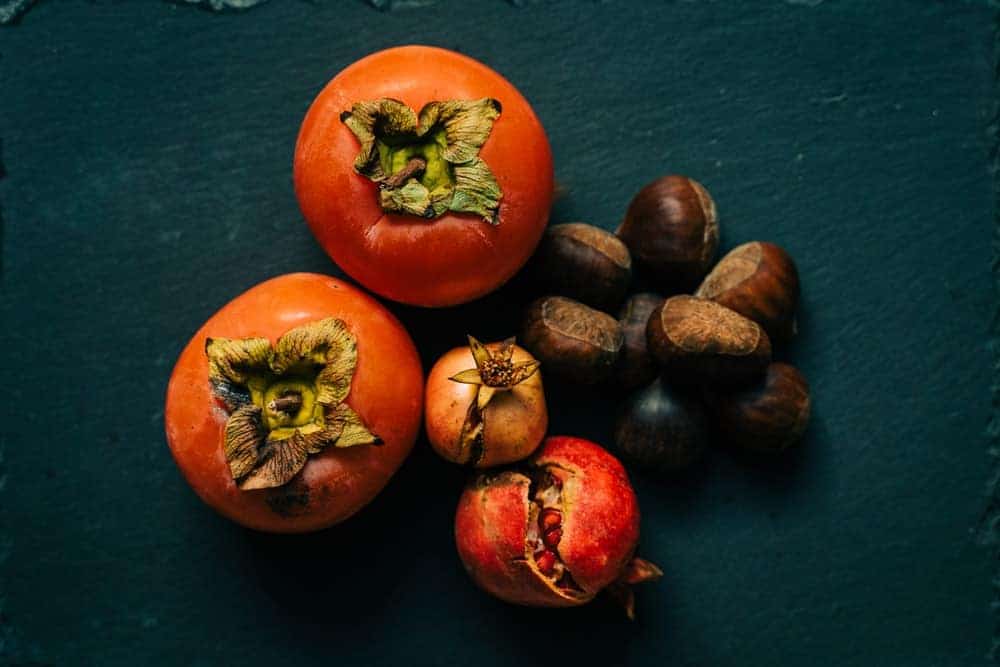
Related: Reasons Why Japan Does Watermelon Better
Kaki: The Japanese Orange Fruit
History: Kaki Persimmon
Kaki Japanese persimmon is a smooth-skinned fruit, growing on trees. It requires a lot of sun and flourishes well in hot conditions. During the initial stages, the young plant needs a lot of water, but can later survive with lesser water.
The Kaki Japanese persimmon, has its roots in Asia, primarily in Japan and Korea. Though this plant was introduced in Europe quite early, it was only used as an ornamental plant and not consumed.
However, somewhere around the 1860’s the French and the Italians discovered that the fruit is delicious and can be consumed.
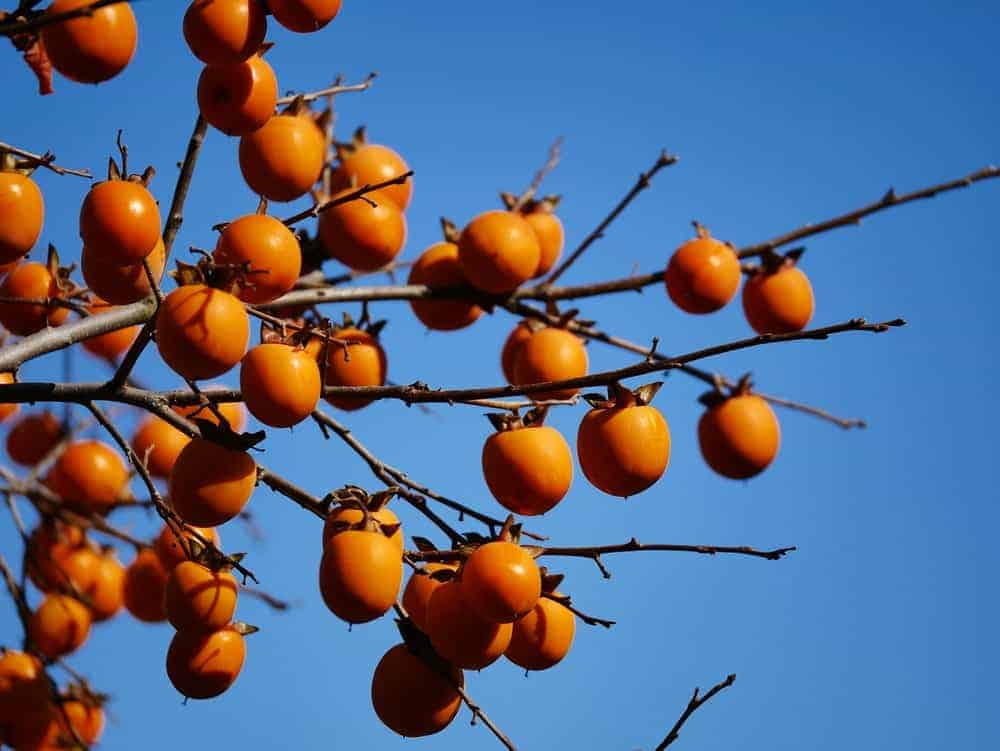
Very soon, around the beginning of the 20th century, a lot of persimmon orchards sprung up across the warmer and more fertile parts of Europe, where there is a lot of sun.
Though now, the Kaki Japanese persimmon is grown all over the world, most of the produce comes from East Asia.
Difference Between The Japanese Kaki And The Western Persimmon
Kaki Japanese persimmon and the Western Persimmon are literally the same but have been given two different names. The one difference is in the stages at which they are consumed.
In Japan, the Kaki Japanese persimmon is generally plucked and consumed while it is still a shade of orange. At this stage, the fruit is more astringent and contains a lot of tannins. The flesh is firm and can be cut easily with a knife.
In the Western part of the world, the persimmon takes on a more of a reddish tinge before it is consumed.
The practice is to wait until it ripens or sometimes even over ripens. At this stage, the astringent quality of the fruit goes down by a lot and the fruit tastes sweeter. It also has lesser amounts of tannins present as the fruit ripens. The texture of the fruit is also softer as it ripens.
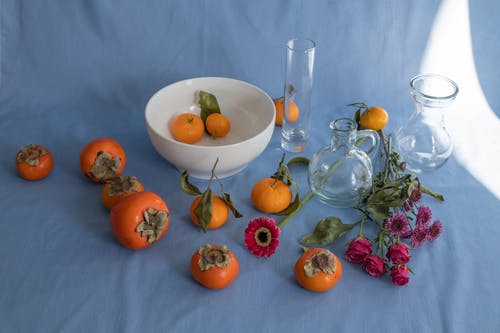
The name “Persimmon” is something that is trademarked by the PDO Ribera del Xúquer, which is located in the northern part of Valencia and is one of the largest producers of the fruit in Spain.
Related: Why Are Mangoes So Expensive In Japan?
Types Of Kaki
There are two types of Kaki commonly found in Japan. Both have their uses and there are people who love each of the two types.
The first kind, the Hachiya Gaki is the very astringent kind (All persimmons are astringent to start with, but the Hachiya Gaki is more astringent than the second kind). This is longish in shape.
This fruit cannot be consumed as it is (think a very astringent kiwi), so you need to let it ripen really well. However, as it ripens, the flesh becomes softer as well, and more scoopable.
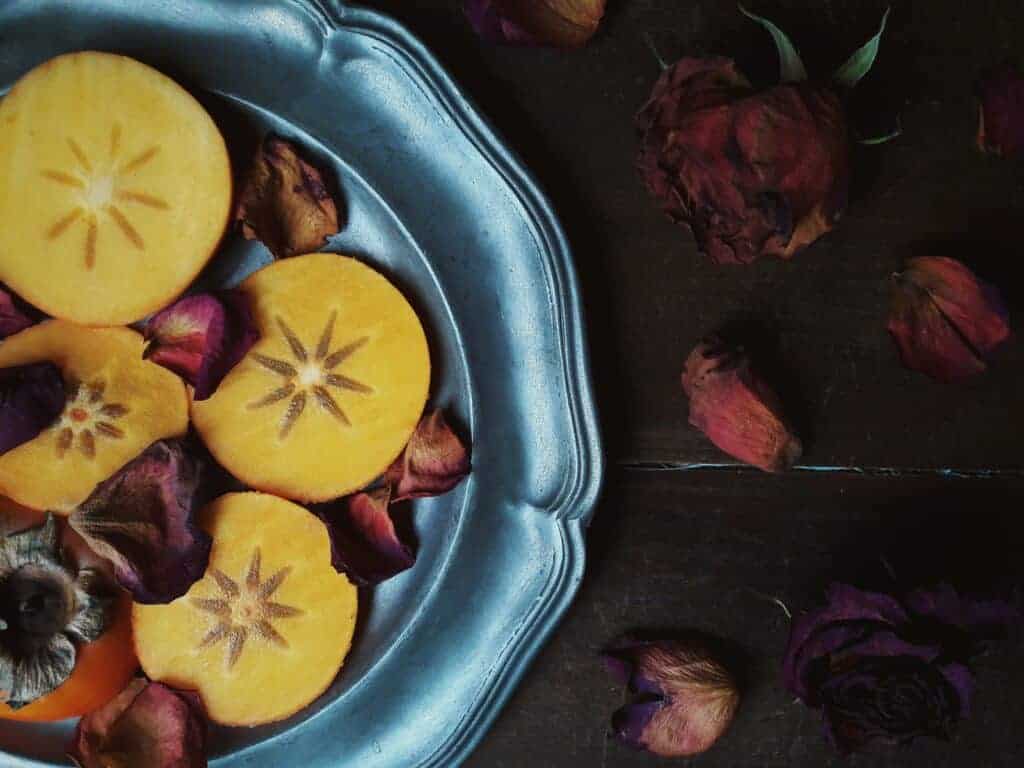
The other kind is the slightly astringent Kaki.
This can be consumed without waiting for the fruit to become too ripe, and it retains a huge part of the tannins as well. It also has lesser sugar content and is good for those who cannot handle a lot of sugar in their diet.
This is called Fuyuu Gaki and is round, orange in colour, kind of like the persimmons people in the West are familiar with. This fruit has a certain crispness to it, like an apple or a pear.
Related: Want to use How to use a Japanese rice cooker
Pampered Hoshigaki
In Japan, it is a common practice to dry Kaki, (the way many fruits like figs and dates are dried), so if you see Kaki hanging on a string during the peak of the season, especially in the more rural neighbourhoods, don’t be surprised.
These dried Kaki or dried persimmons are called Hoshigaki. Now, these are not like the usual dried fruit that you might be used to, infact, these are uniquely more delicate and quite different in flavour from the fresh Kaki. They are also quite expensive because of the work that goes into preparing these.
The fresh Kaki is peeled and hung from strings to dry under the sun. As the fruit dehydrates, it develops a new skin over it. This fruit is then gently massaged everyday for at least a whole month, to get the flavours going. They look like a cross between a dried date and a dried apricot by the end of this process.
This drying in the sun of the peeled fruit, combined with the delicate massage gives the Hoshigaki a sort of a more sweetish and flowery taste and fragrance than the fresh Kaki.
When Does Kaki Grow?
The Kaki Japanese persimmon is a seasonal fruit. Harvesting time for this fruit is during the fall, especially in the months of October and November, so keep an eye out for these fruits.
A lot of times, especially in the countryside of Japan, you will find that these fruits are left unplucked as they are meant to be decoration! No matter how tempted you are, don’t pluck these without checking with the landowners first!
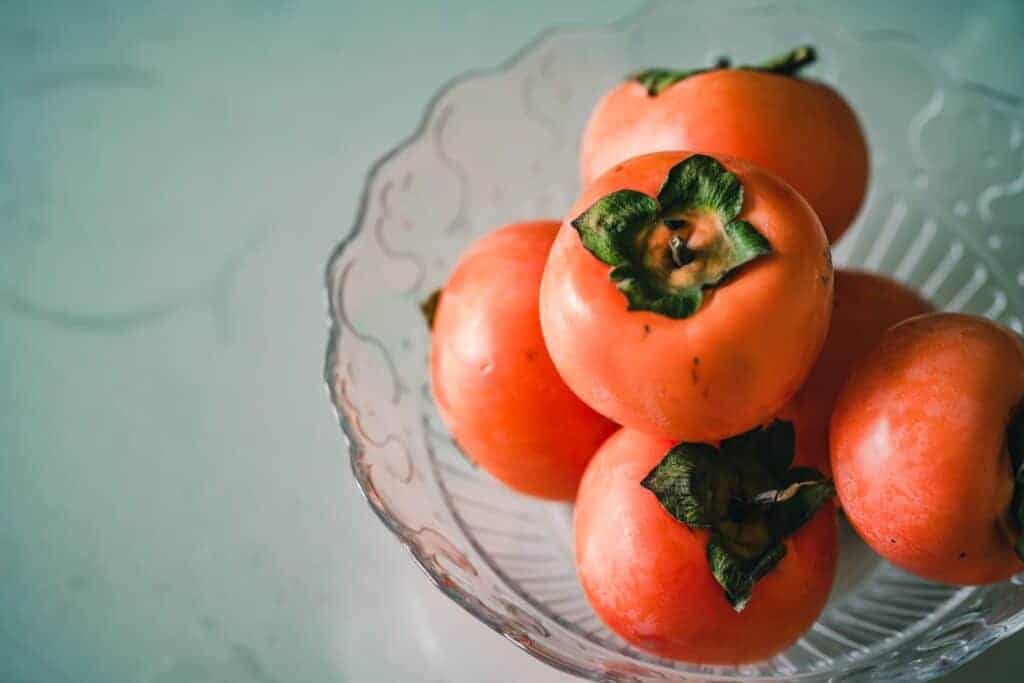
If you’re concerned that you can enjoy Kaki only for two months of the year, don’t be, because the Japanese have ways of preserving this amazing treat from nature for a few extra months.
Where To Find Kaki In Japan
With more urbanisation of the cities of Japan, it is difficult to find fresh Kaki in anybody’s yard that you can freshly pluck. But, you can surely find Kaki that is transported from the villages to the supermarkets in the cities once the season begins.
If you have the opportunity to live in one of the smaller villages or happen to travel into the countryside of the country, you will find loads of Kaki trees in people’s gardens. It is also quite common to sight Kaki orchards as you drive past.
- Related: Why the Japanese love eating raw fish?
- Related: Top conveyor belt sushi restaurants in Japan
How to Eat A Kaki?
The Hachiya Gaki is generally eaten only after it ripens completely, or some even wait until it overripens. As it ripens more and more, the astringency levels come down and the fruit becomes sweeter, sort of like a banana that begins to show brown spots and then turns black.
As the flesh becomes softer, different people enjoy it differently.
Some like to scoop the fruit with a spoon and eat it (like you scoop the flesh of a ripe kiwi). Some also like to mash it well and mix it with yoghurt. You can also blend it into a naturally sweet smoothie.
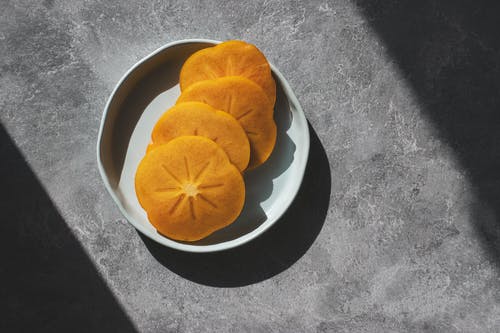
Another popular way in which the Hachiya Gaki is consumed is by boiling or cooking it with some sugar and converting it into a preserve or a jam. This is then used as a topping on toast, pancakes or as a delicious syrup on ice creams.
The second variety, the Fuyuu Gaki is more versatile as it is crisp. It can be peeled and sliced, so it is widely used in many salads. During the autumn season, you will also find Fuyuu Gaki added in a lot of stews and served as part of dinner, due to its mild sweetness which does not overpower the dish.
It can also be eaten as it is. Some people accompany the Fuyuu Gaki with different toppings and dips. The usual pairings are honey and cheese.
Kaki Japanese Persimmon: FAQs
When are Kaki persimmons ripe in Japan?
Kaki Japanese persimmons ripe as early as mid-September or sometimes as late as February. Deers, birds, racoons and other animals in the wild also love this ripened fruit so try picking kaki when the season is a little warm and the fruits are fully coloured and hard.
Is Japanese kaki edible?
Yes, Japanese kaki is an edible fruit that is widely known as persimmon. It’s sweet and tangy in taste and is widely famous in Japan and Oriental countries.
What is Japanese persimmon good for?
Japanese persimmon is good for various purposes and the fruit as well as the leaves are used for eating as well as medicinal purposes. It helps with constipation, high blood pressure issues, fluid retention, stroke and hiccough. It also helps in regulating body temperature and blood flow.
How do you eat Kaki?
The best way to eat kaki is to slice it half and scoop out the flesh. The flesh is soft and easy to eat. You can also cook with kaki to bring out the sweet, rich, tangy and spicy qualities of it. You can also try out kaki persimmon smoothie during late autumn or winter time.
Also read:
- Health freaks, try these amazing green tea brands you’ll love!
- Visit the Japanese Izakaya Bar and have a beer there for an amazing experience, here’s your guide!
- Start your mornings right, get some instant coffee, fresh and cosy!
- Check out this superfood from Okinawa that is super healthy for you!




